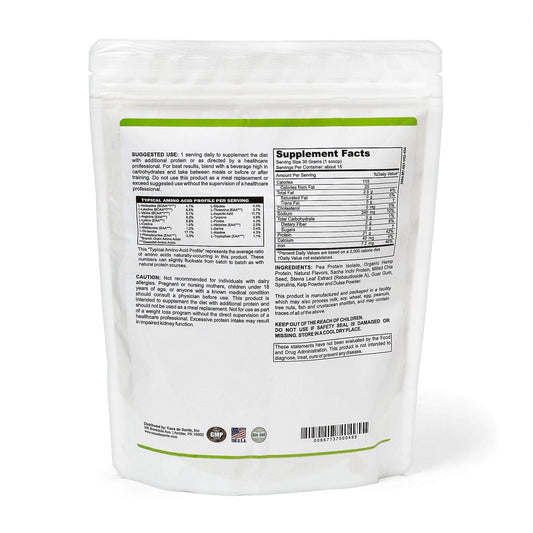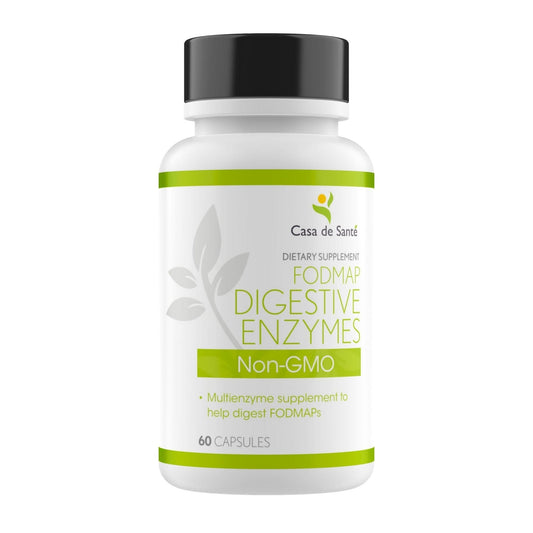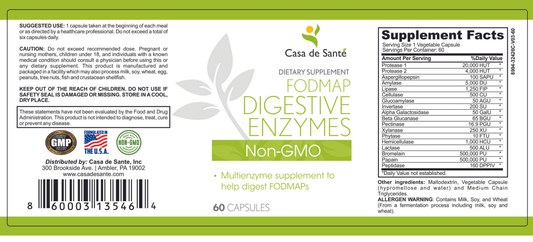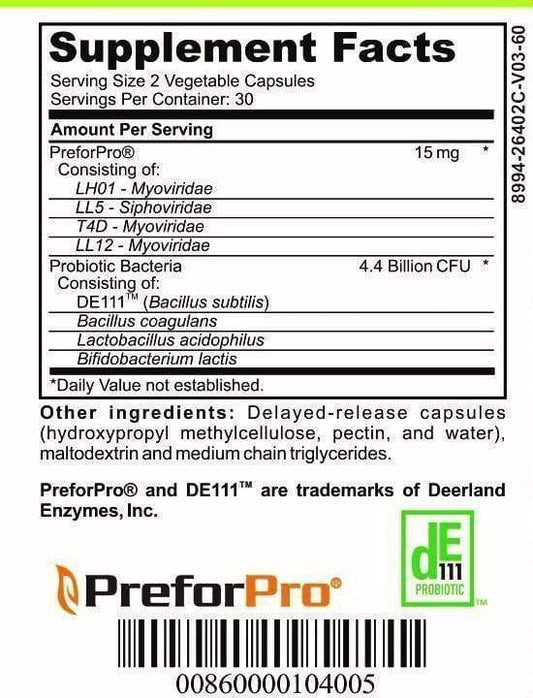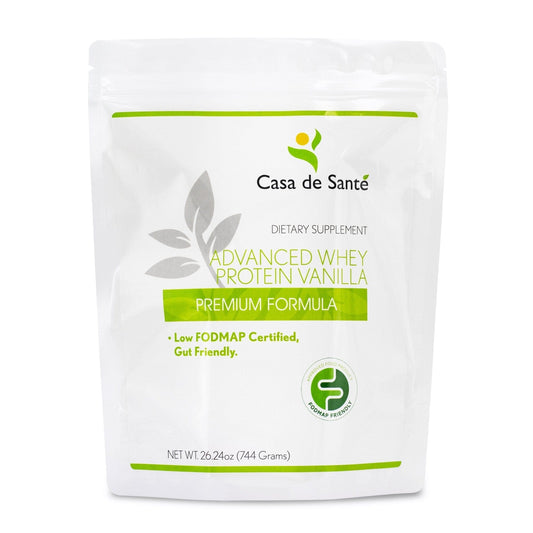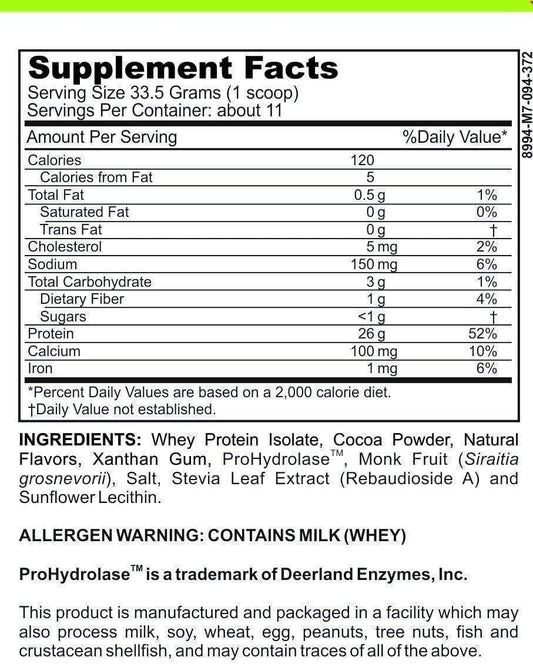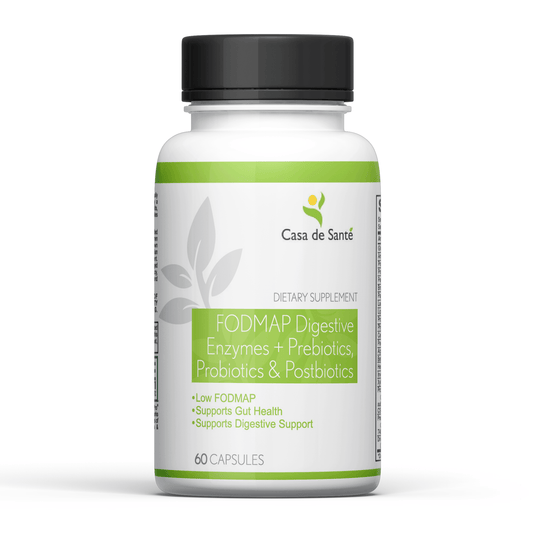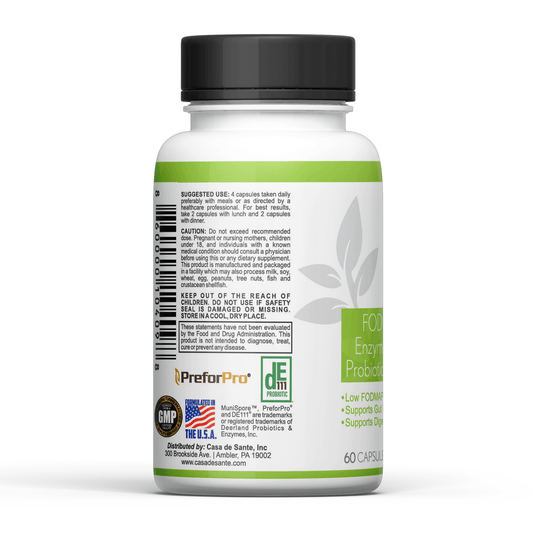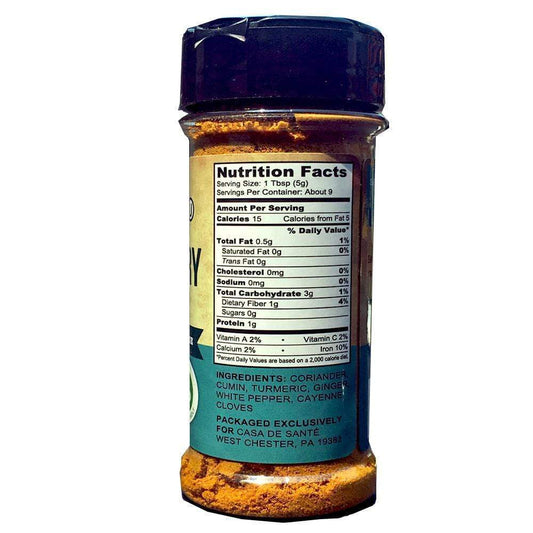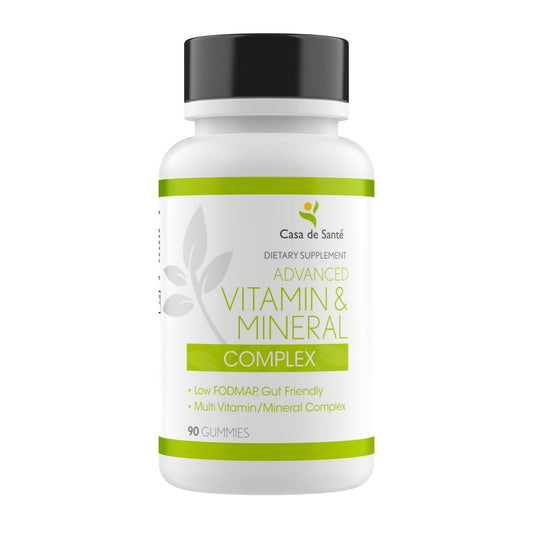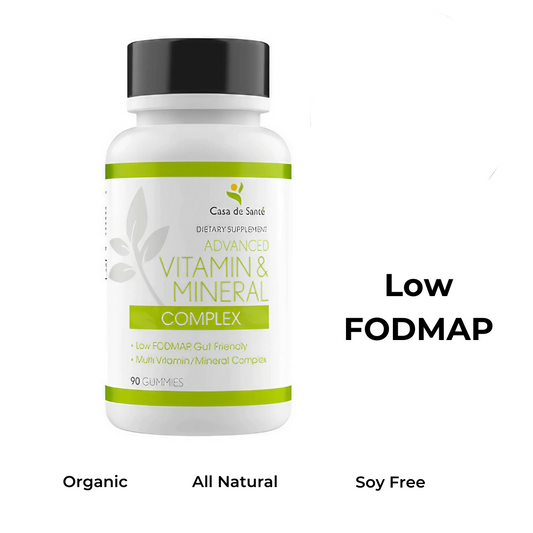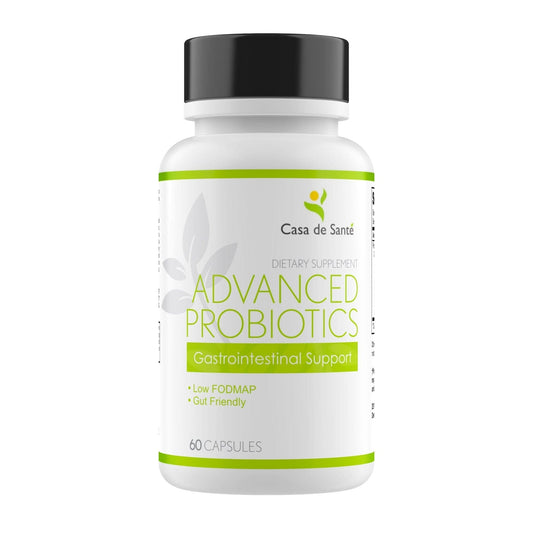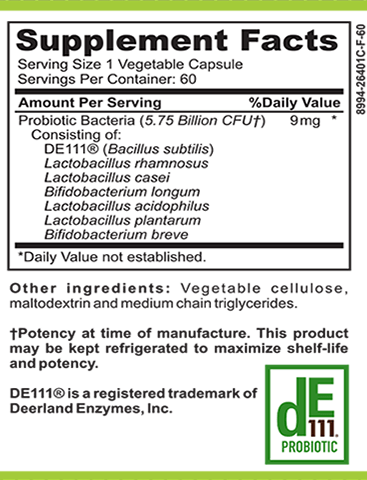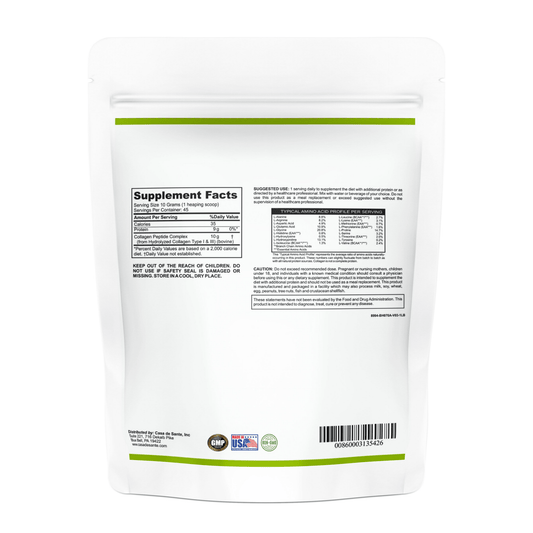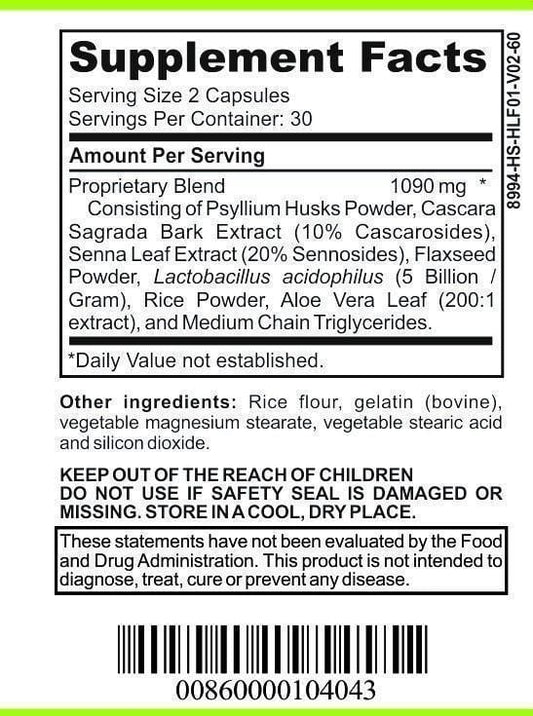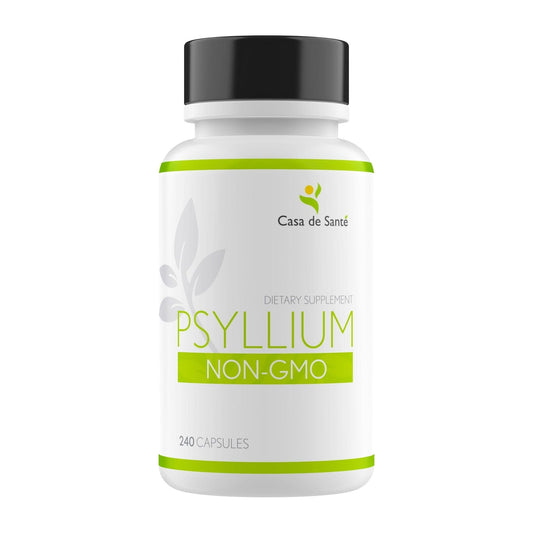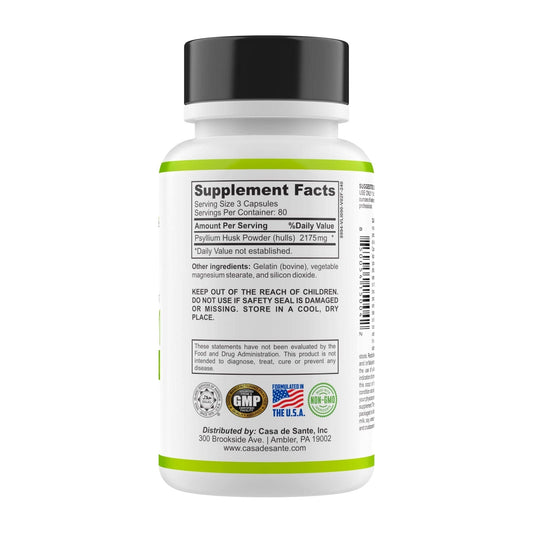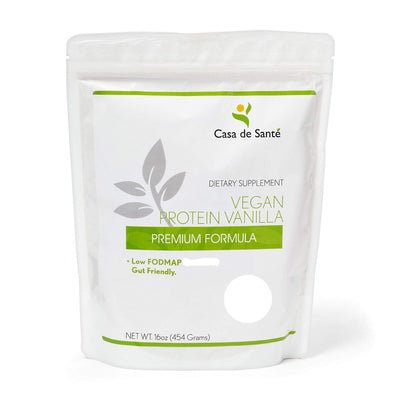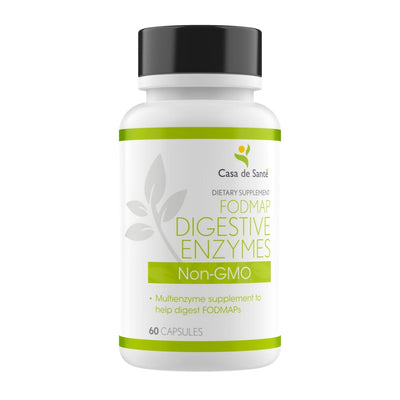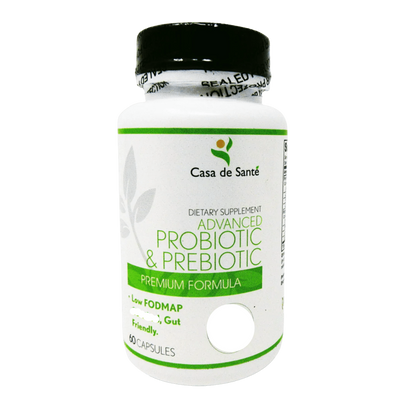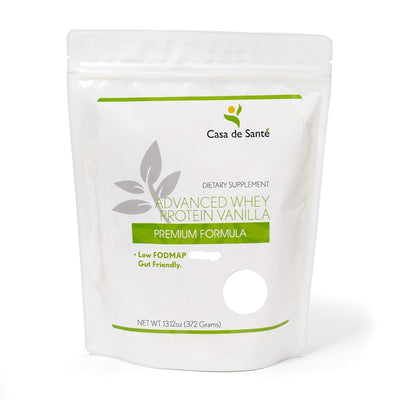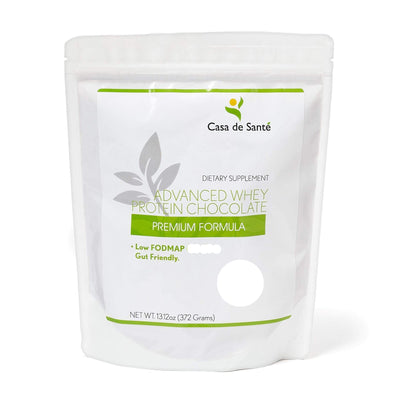Understanding the Low FODMAP Diet Chart for IBS: A Comprehensive Guide
Introduction to the Low FODMAP Diet Chart for IBS
What is the Low FODMAP Diet?
The Low FODMAP Diet is a special eating plan designed to help people with digestive issues, particularly those with Irritable Bowel Syndrome (IBS). It focuses on reducing foods that are high in FODMAPs, which are certain types of carbohydrates that can be hard for some people to digest. By cutting down on these foods, the diet aims to ease symptoms like bloating, gas, and stomach pain. This diet isn't about cutting out all carbs but rather choosing ones that are easier on the stomach.
Understanding IBS and Its Symptoms
IBS, or Irritable Bowel Syndrome, is a common condition that affects the large intestine. It can cause a variety of symptoms, including cramping, abdominal pain, bloating, gas, and diarrhea or constipation. The exact cause of IBS isn't known, but factors like stress, diet, and gut bacteria play a role. Managing these symptoms often involves changes in diet, and that's where the Low FODMAP Diet comes in handy.
How the Low FODMAP Diet Helps IBS
The Low FODMAP Diet can be a game-changer for those with IBS. By limiting foods high in FODMAPs, many people find relief from their symptoms. The diet works in phases, starting with a strict elimination of high FODMAP foods, followed by a gradual reintroduction to see which ones cause problems. This approach helps individuals tailor their diet to their specific needs, making it a personalized way to manage IBS effectively.
"For those struggling with IBS, the Low FODMAP Diet offers a structured way to identify and eliminate food triggers, potentially leading to a significant improvement in quality of life."
Additionally, for those looking to supplement their diet, Low FODMAP Vitamin & Mineral Gummies can be a gut-friendly option that helps prevent bloating while ensuring nutritional needs are met.
Key Components of a Low FODMAP Diet Chart
Identifying High FODMAP Foods
Understanding which foods are high in FODMAPs is the first step in managing your diet for IBS. High FODMAP foods include certain fruits like apples and pears, vegetables like onions and garlic, and dairy products such as milk and yogurt. These foods contain short-chain carbohydrates that are poorly absorbed in the small intestine, leading to digestive discomfort. Here's a quick list of common high FODMAP foods:
- Apples and pears
- Onions and garlic
- Wheat-based products
- Dairy products like milk and yogurt
- Beans and lentils
Low FODMAP Alternatives
Switching to low FODMAP foods can help reduce symptoms of IBS. These alternatives are easier on the digestive system and can be just as tasty. Some low FODMAP options include bananas, blueberries, carrots, and lactose-free dairy products. Consider these swaps:
- Replace apples with bananas
- Use carrots instead of onions in recipes
- Opt for lactose-free milk or almond milk
Balancing Nutritional Needs
While following a low FODMAP diet, it's important to maintain a balanced intake of nutrients. This means ensuring you're getting enough fiber, protein, and healthy fats despite cutting out certain foods. A balanced diet can include:
- Lean proteins like chicken and fish
- Whole grains such as quinoa and rice
- Healthy fats from sources like olive oil and avocados
Balancing your nutritional needs while managing IBS can be a challenge, but with careful planning and the right resources, it's entirely possible to enjoy a healthy, satisfying diet. For those looking to dive deeper into the world of low FODMAP eating, exploring a comprehensive resource for gut health can be incredibly helpful.
Creating a Personalized Low FODMAP Diet Plan
Consulting with a Dietitian
When starting a Low FODMAP diet, consulting a dietitian can be a game-changer. They help tailor the diet to your needs, ensuring you're not missing out on essential nutrients. A dietitian will guide you through the elimination phase, where you avoid high FODMAP foods, and then the reintroduction phase, where you slowly bring foods back to see what triggers symptoms.
Tracking Your Food Intake
Keeping track of what you eat and how you feel is vital. Use a food diary or a mobile app to note down your meals, snacks, and any symptoms you experience. This helps in identifying patterns and understanding which foods might be causing discomfort. Regular tracking aids in making informed decisions about your diet.
Adjusting the Diet Based on Symptoms
Once you've identified your triggers, adjust your diet accordingly. This might mean cutting out certain foods completely or just reducing their intake. The goal is to find a balance that minimizes your symptoms while still enjoying a varied diet. It's a process of trial and error, but with patience, you can find what works best for you.
A personalized Low FODMAP plan isn't just about eliminating foods; it's about understanding your body's unique needs and responses. With the right approach, you can manage your IBS symptoms effectively while still enjoying your meals.
Common Challenges and Solutions in Following a Low FODMAP Diet
Dealing with Limited Food Choices
Sticking to a low FODMAP diet can sometimes feel like you're on a culinary island. The list of foods you need to avoid is long, and it might seem like there’s nothing left to eat. But don't worry, there's a way around this. Start by exploring new recipes and ingredients that are naturally low in FODMAPs. Think about trying quinoa, zucchini, or strawberries. These can become your new staples. Also, keep a list of go-to meals that you enjoy and are easy to prepare.
Managing Social Situations
Eating out or attending social gatherings can be tricky when you're on a low FODMAP diet. It's important to plan ahead. Call the restaurant and ask about their menu options or suggest a place you know has suitable meals. If you're heading to a party, consider eating a small meal beforehand, just in case there aren't any low FODMAP options available. Don't hesitate to bring your own dish to share, ensuring you have something safe to eat.
Finding Suitable Recipes
The internet is your friend here. There are countless blogs and websites dedicated to low FODMAP cooking. Try searching for simple recipes that use basic ingredients you already have at home. You can also experiment with modifying your favorite dishes by swapping high FODMAP foods with low FODMAP alternatives. Over time, you'll build a collection of recipes that you love and can rely on.
Benefits of Adopting a Low FODMAP Diet for IBS
Improved Digestive Health
Switching to a low FODMAP diet can work wonders for your gut. Many people with IBS experience less bloating and discomfort when they cut out high FODMAP foods. Your digestive system gets a break from the hard-to-process stuff, allowing it to function more smoothly. Feeling lighter and more comfortable becomes the norm rather than the exception.
Reduction in IBS Symptoms
For those battling IBS, symptom relief is a big deal. By following a low FODMAP diet, you might notice fewer flare-ups and less urgency to find a restroom. This diet helps minimize the triggers that cause gas, diarrhea, and stomach pain. It's like giving your gut a much-needed vacation from the chaos.
Long-term Health Benefits
Sticking with a low FODMAP diet doesn't just help in the short term. Over time, it can contribute to better overall health. By avoiding foods that irritate your gut, you might find your energy levels rising and your mood lifting. Plus, maintaining a balanced diet with low FODMAP options ensures you're still getting the nutrients you need without the hassle of IBS symptoms.
Embracing a low FODMAP lifestyle could be your ticket to a happier, healthier gut. It's not just about avoiding certain foods, but about finding a new way to enjoy meals without the stress of IBS. For more insights and resources, check out the FODMAP diet tools and community support available online.
Exploring Low FODMAP Recipes and Meal Ideas
Breakfast Options
Starting your day with a low FODMAP breakfast doesn't have to be boring. Imagine a warm bowl of oatmeal topped with fresh strawberries and a sprinkle of chia seeds. Or perhaps you prefer scrambled eggs with spinach and a side of sourdough toast. These options are not only delicious but also gentle on your gut. For those rushed mornings, a smoothie made with lactose-free milk, spinach, and a banana can be a quick fix. Breakfast sets the tone for the day, so make it count.
Lunch and Dinner Ideas
When it comes to lunch and dinner, variety is key. Grilled chicken with a side of quinoa salad or a serving of zucchini noodles with marinara sauce can be both satisfying and healthy. If you're in the mood for something heartier, a beef stir-fry with bell peppers and bok choy might do the trick. It's important to find meals that fit your lifestyle and preferences. Experimenting with different ingredients can lead to discovering new favorites.
Snacks and Desserts
Snack time doesn't have to be a challenge. Consider munching on carrot sticks with hummus or enjoying a handful of almonds for a quick energy boost. For dessert, a bowl of lactose-free yogurt with a drizzle of maple syrup can satisfy your sweet tooth. If you're feeling adventurous, try baking low FODMAP cookies using almond flour and dark chocolate chips. Remember, snacks and desserts can be both indulgent and IBS-friendly.
Finding the right balance with low FODMAP recipes can transform your eating habits, making meals enjoyable without the discomfort.
For more inspiration and a comprehensive collection of resources on low FODMAP diets, including meal plans and product suggestions, explore online communities and tools available to support your journey.
Resources and Tools for Maintaining a Low FODMAP Diet
Online Support Communities
Joining online communities can be a game-changer. These spaces offer a chance to connect with others who understand the ups and downs of managing IBS. You can share your experiences, ask questions, and even swap recipes. Some popular platforms include Facebook groups and Reddit forums.
Mobile Apps for Tracking
In today's tech-savvy world, mobile apps are a handy tool to keep your diet on track. Apps like Monash University's FODMAP app or the FODMAP Friendly app provide food guides, meal ideas, and a space to track what you eat. Having this information at your fingertips makes it easier to stick to your plan.
Books and Guides
Books and guides are a solid resource for anyone looking to dive deeper into the low FODMAP lifestyle. They cover everything from the basics to advanced meal planning. Some books even include meal plans and shopping lists, making it easier to get started. Look for titles by registered dietitians or those with personal success stories to get the most reliable information.
"Finding the right resources can make all the difference when you're navigating the world of low FODMAP dieting. With the right tools, you can take control of your health and feel confident in your food choices."
If you're looking to stick to a low FODMAP diet, there are many helpful resources and tools available. From meal plans to apps, you can find everything you need to make your journey easier. Don't forget to visit our website for more tips and to explore our range of products designed to support your dietary needs!


